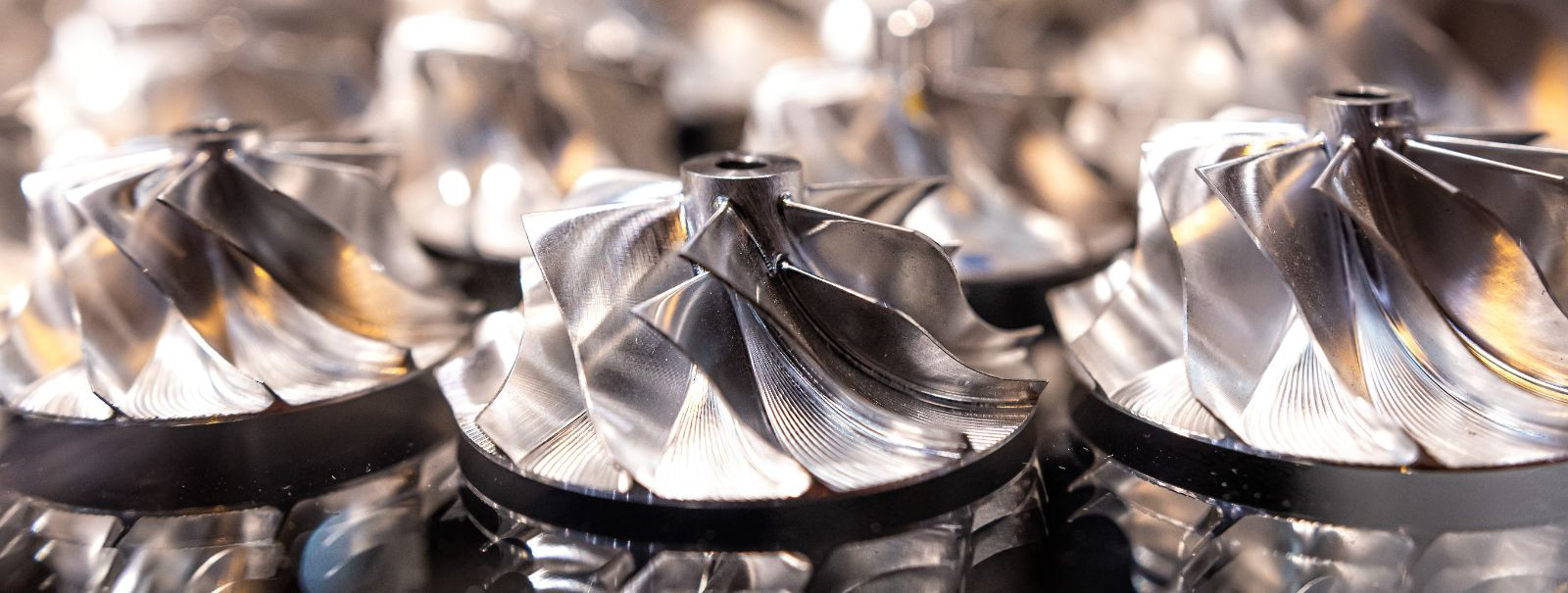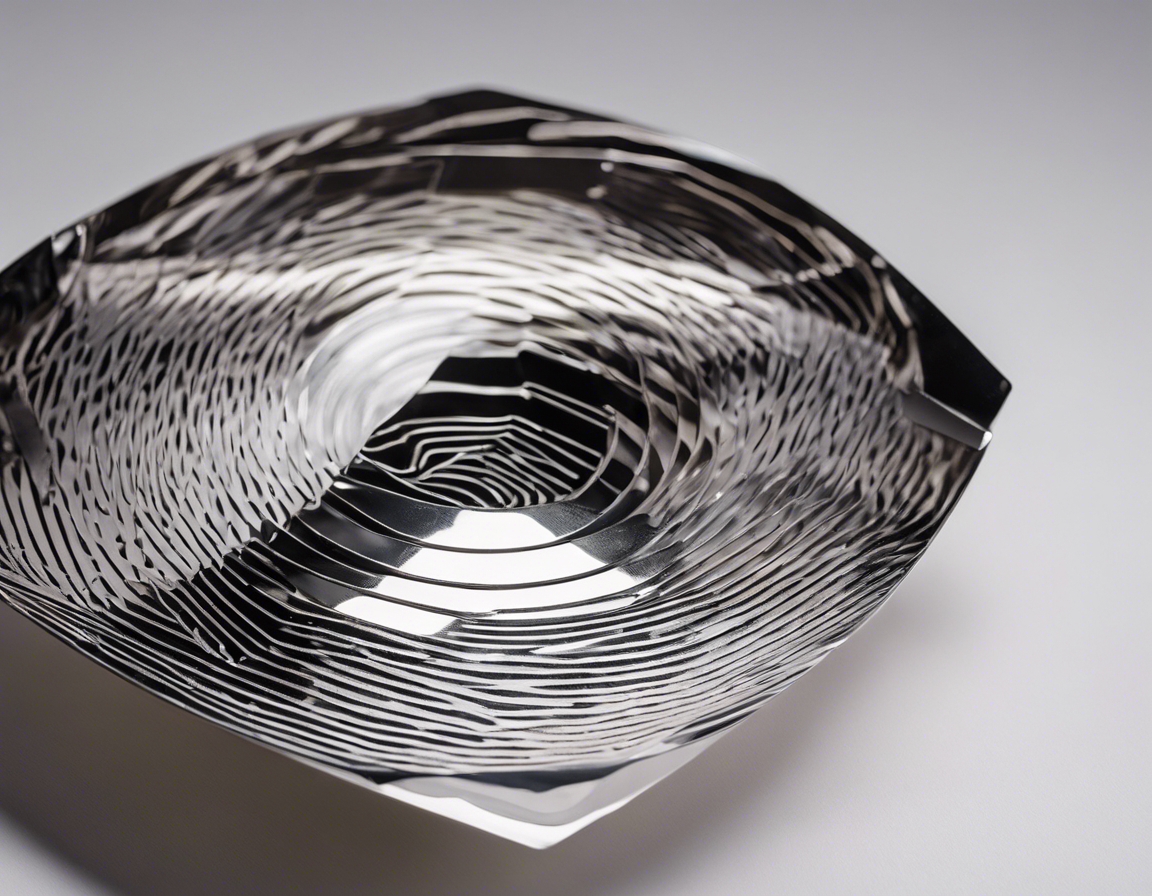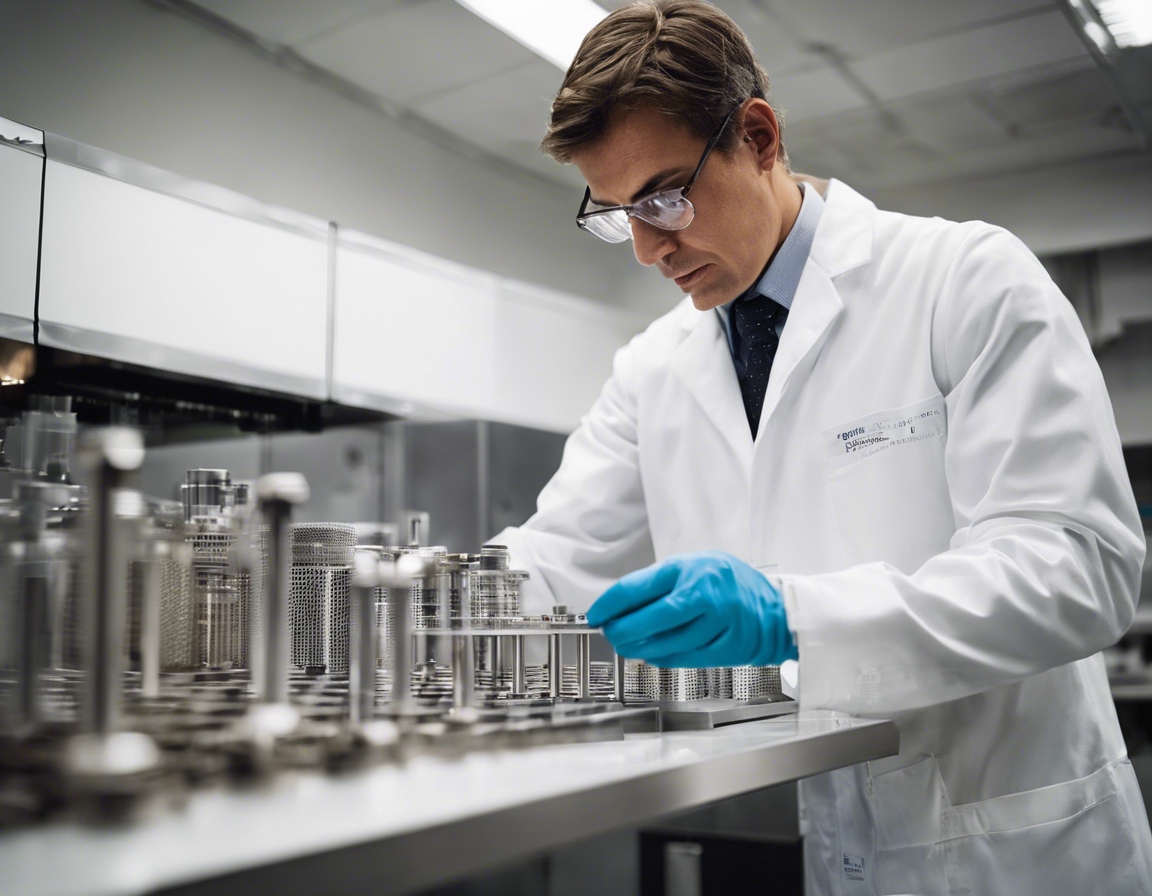Prototyping in metalwork: from concept to reality
Prototyping is a critical step in the development of any product, serving as a bridge between conceptual design and final production. It allows designers and engineers to explore ideas, test functionality, and identify potential issues before committing to large-scale manufacturing.
In the realm of metalwork, prototyping is especially important. It enables the creation of tangible models that reflect the strength, durability, and aesthetic qualities of the intended final product. For industries that rely on metal components and structures, such as construction and manufacturing, the ability to prototype is indispensable.
The Prototyping Process in Metalwork
The prototyping process begins with an initial concept, which is then translated into a detailed design using CAD (Computer-Aided Design) software. This digital model serves as the blueprint for the prototype.
Choosing the right material is crucial for the prototype to accurately represent the final product. Factors such as weight, strength, corrosion resistance, and cost must be considered.
There are several techniques used in metal prototyping, including traditional methods like casting and forging, as well as modern methods such as additive manufacturing (3D printing) and subtractive manufacturing (CNC machining).
Once a prototype is created, it undergoes rigorous testing to ensure it meets all specifications. Any necessary refinements are made to the design, and the process may be repeated until the prototype is perfected.
Advanced Technologies in Metal Prototyping
3D printing, or additive manufacturing, has revolutionized prototyping by allowing for the creation of complex geometries that would be difficult or impossible to achieve with traditional methods. It also significantly reduces the time and cost of prototype development.
CNC machining is a subtractive process that removes material from a solid block to create the prototype. It is known for its precision and ability to produce prototypes that are very close to the final product.
Laser cutting and engraving offer high precision and the ability to create intricate designs. These methods are often used for creating detailed components and decorative elements.
Challenges and Considerations in Metal Prototyping
Prototyping can be expensive and time-consuming, particularly for complex designs or when using advanced technologies. Balancing cost and time efficiency is a key challenge in the prototyping process.
Each material has its own set of properties and limitations that must be taken into account during the prototyping phase. Understanding these characteristics is essential for creating a successful prototype.
The complexity of a design can significantly impact the prototyping process. More complex designs may require more advanced techniques and can lead to increased costs and production time.
Benefits of Metal Prototyping for the Construction and Manufacturing Industry
Metal prototyping allows for high levels of precision and customization, ensuring that the final product meets the exact specifications of the client.
By identifying and resolving issues early in the development process, prototyping can reduce the overall time-to-market for new products and structures.
Although prototyping requires an upfront investment, it can lead to significant cost savings by preventing costly errors and reducing the need for multiple production runs.






Comments (0)